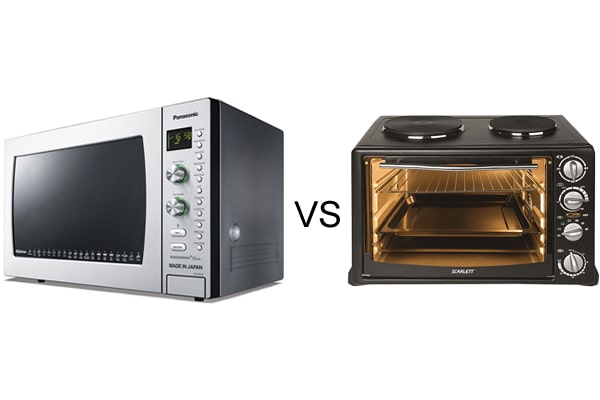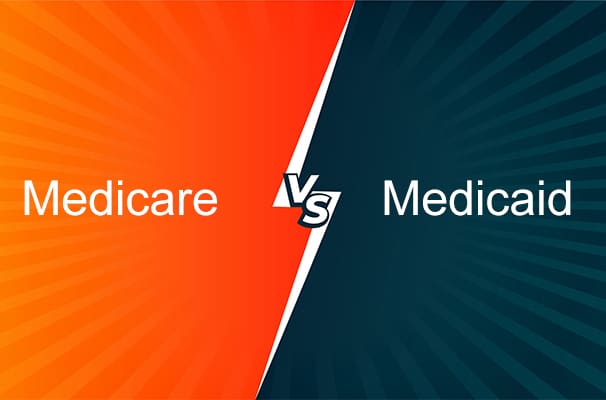Navigating government assistance programs can be complex, especially when they seem similar but cater to different needs. The Supplemental Nutrition Assistance Program (SNAP) and the Special Supplemental Nutrition Program for Women, Infants, and Children (WIC) are two key initiatives aimed at supporting low-income families. This article will break down their differences, helping you understand which program suits your needs and how you can benefit from each.
In today’s economic climate, many families turn to federal assistance programs to secure essential nutrition. SNAP and WIC are pivotal in this regard, each offering unique benefits. Understanding the distinctions between these programs can help you choose the best support system for your family’s needs. This guide provides a comprehensive overview, including eligibility requirements, benefits, and application procedures for both SNAP and WIC.
Overview of SNAP and WIC
What is SNAP?
The Supplemental Nutrition Assistance Program (SNAP) is a federal aid program designed to provide nutrition assistance to low-income individuals and families. Through SNAP, eligible participants receive an Electronic Benefits Transfer (EBT) card preloaded with a set dollar amount each month, which can be used to purchase approved food items.
What is WIC?
The Special Supplemental Nutrition Program for Women, Infants, and Children (WIC) focuses specifically on the health and nutrition of pregnant women, new mothers, and young children under the age of five. Unlike SNAP, WIC provides a specific selection of nutritious foods along with educational resources and breastfeeding support.
Comparing SNAP and WIC
Beneficiaries
- SNAP: Open to individuals and families of all ages who meet income guidelines.
- WIC: Limited to pregnant, postpartum, and breastfeeding women, as well as children under five.
Benefits Provided
- SNAP: Offers a monthly dollar amount on an EBT card to buy most food items.
- WIC: Provides a specific list of foods based on nutritional value, along with education and support services.
Eligibility Criteria
- SNAP: Based on gross and net income, household size, and resources. Generally, gross income cannot exceed 130% of the poverty line.
- WIC: Requires meeting income guidelines (up to 185% of the poverty line), demonstrating nutritional risk, and falling within specific demographic categories.
Application Process
- SNAP: Managed by state agencies with applications available online or in-person.
- WIC: Also state-administered, with applications handled through local WIC offices or online.
Eligibility Requirements fo SNAP and WIC
SNAP Eligibility
To qualify for SNAP, applicants must:
- Meet gross and net income limits.
- Have resources below a certain threshold, typically not exceeding $2,750, or $4,250 if at least one household member is elderly or disabled.
- Some may qualify automatically if they receive other assistance like TANF or SSI.
WIC Eligibility
To be eligible for WIC, you must:
- Be pregnant, postpartum, breastfeeding, or have a child under five.
- Meet income guidelines, which may vary by state but generally should be below 185% of the poverty line.
- Be at nutritional risk, determined through a health assessment.
Benefits Provided by SNAP
Food Purchases
SNAP allows you to buy a wide range of food items, including:
- Fruits and vegetables
- Meats and dairy products
- Breads and cereals
- Seeds and plants for growing food
Certain items like alcohol, tobacco, supplements, and pet foods are not eligible for purchase with SNAP benefits.
Additional SNAP Benefits
- Healthy Incentives Program (HIP): Provides extra benefits for purchasing local produce.
- School Meal Eligibility: Children in SNAP households automatically qualify for free school meals.
- Discount Programs: Discounts on utilities and cultural activities.
Benefits Provided by WIC
Approved Food List
WIC benefits include a pre-approved list of nutritious foods such as:
- Infant formula and baby foods
- Dairy products like milk and cheese
- Eggs, fruits, and vegetables
- Whole grains and fortified cereals
Additional WIC Benefits
- Nutrition Education: Provides information on healthy eating and lifestyle.
- Breastfeeding Support: Offers resources and support for breastfeeding mothers.
- Healthcare Referrals: Connects participants with health and social services.
Application Procedures for SNAP and WIC
How to Apply for SNAP
- Locate Your State Agency: Visit the USDA’s State Directory of Resources.
- Complete Application: Apply online or in person by providing necessary documentation like proof of income and household size.
- Receive Notification: You’ll be informed about your eligibility and benefits certification period.
How to Apply for WIC
- Contact Your State WIC Office: Use the USDA’s WIC Directory to find contact details.
- Submit Application: Provide income information and details about pregnancy or children.
- Assessment: Undergo a nutritional risk assessment to complete your application.
Differences in Usage of SNAP and WIC
Where Can SNAP Benefits Be Used?
SNAP benefits are versatile and can be used at most grocery stores, supermarkets, and even some farmers’ markets. The EBT card functions like a debit card, making it convenient to use for a broad range of food items.
Where Can WIC Benefits Be Used?
WIC benefits are more restricted. The WIC card can only be used to purchase specific foods at authorized WIC retailers. These foods are chosen for their nutritional value and suitability for pregnant women and young children.
Renewal and Changes
Renewing SNAP Benefits
SNAP benefits are granted for a certification period, usually between 6-24 months. Near the end of this period, recipients must recertify their eligibility by providing updated income and household information.
Renewing WIC Benefits
WIC benefits also require periodic renewal. This involves reassessment of income and nutritional risk to ensure ongoing eligibility.
Reporting Changes
Both SNAP and WIC require beneficiaries to report significant changes in income or household composition promptly. These changes can affect your eligibility or benefit amounts.
Similarities Between SNAP and WIC
While they serve different groups, SNAP and WIC share some common features:
- Income-Based Eligibility: Both programs require applicants to meet specific income thresholds.
- State Administration: Managed by state agencies, applications for both SNAP and WIC must be processed at the state level.
- Purchase Restrictions: Both programs limit the types of foods that can be purchased with their benefits, although the scope of these restrictions differs.
Choosing Between SNAP and WIC
When deciding which program to apply for, consider the following:
- Eligibility: Review the eligibility criteria for both programs. If you meet the requirements for both, you can apply for and receive benefits from both programs simultaneously.
- Needs: Assess your family’s specific needs. If you’re pregnant or have young children, WIC provides tailored nutritional support. If you need broader food assistance, SNAP may be more suitable.
FAQs on SNAP and WIC
Can I receive SNAP and WIC benefits simultaneously?
Yes, if you meet the eligibility requirements for both programs, you can receive SNAP and WIC benefits at the same time.
How often do I need to renew my SNAP and WIC benefits?
For SNAP, you’ll receive a notice detailing your certification period and how to recertify when it ends. WIC benefits also require regular renewal. You’ll be informed about the duration of your benefits and the renewal process upon approval.
Are there any foods I can’t buy with SNAP or WIC?
Yes, SNAP benefits cannot be used to purchase alcohol, tobacco, supplements, most live animals, or pet foods. WIC benefits are used to purchase specific types of foods based on your situation and nutritional needs.
What happens if my income changes while I’m receiving SNAP or WIC?
It’s essential to report any significant changes in income to your state agency promptly. Depending on the nature of the change, it might affect your eligibility or benefit amount.
What’s the difference between gross and net income in the context of SNAP eligibility?
Gross income refers to your total household income before any deductions, whereas net income is your income after certain allowable deductions for things like earned income, dependent care costs, and some medical expenses.
Final Thoughts
Understanding the differences between SNAP and WIC can help you choose the right support for your family’s nutritional needs. Both programs play a critical role in providing food assistance, but their benefits and eligibility criteria cater to different audiences. Whether you’re eligible for one or both, these programs can offer substantial help in managing your family’s nutrition and overall well-being.





